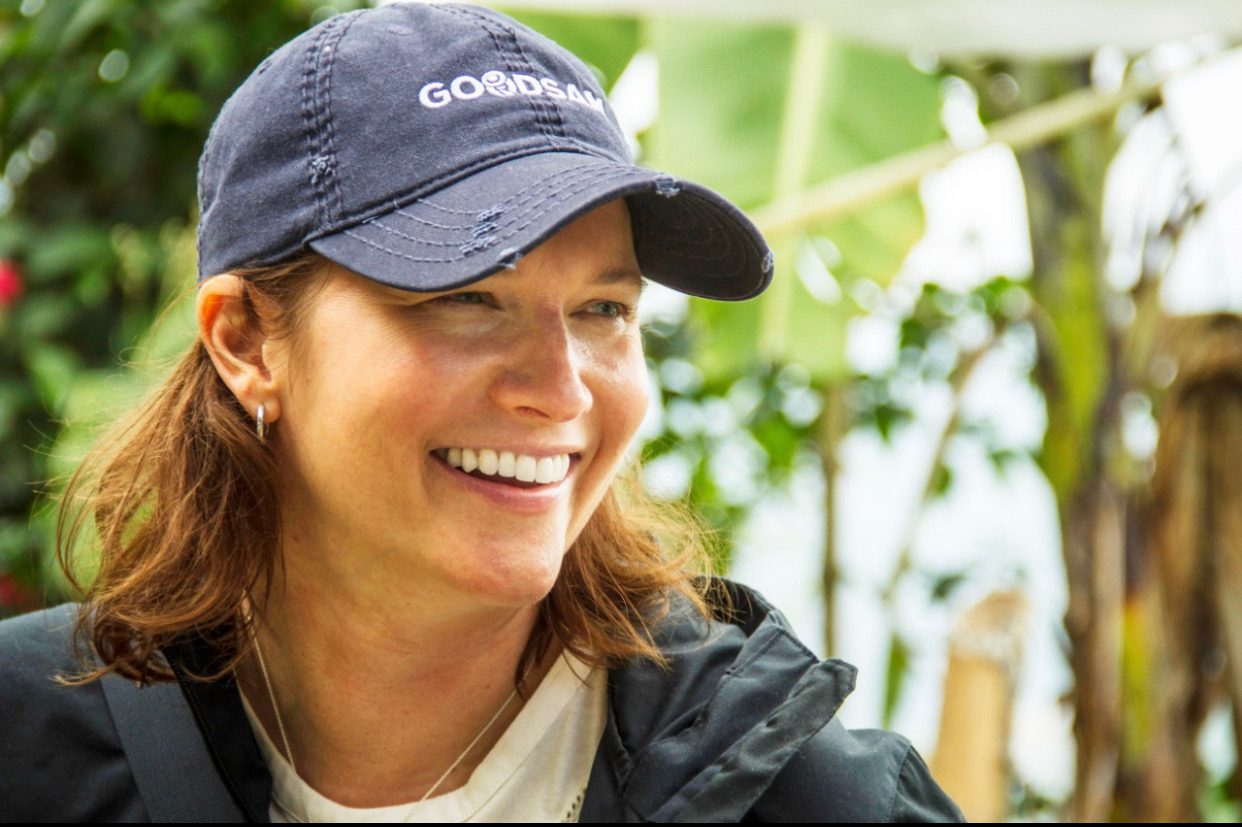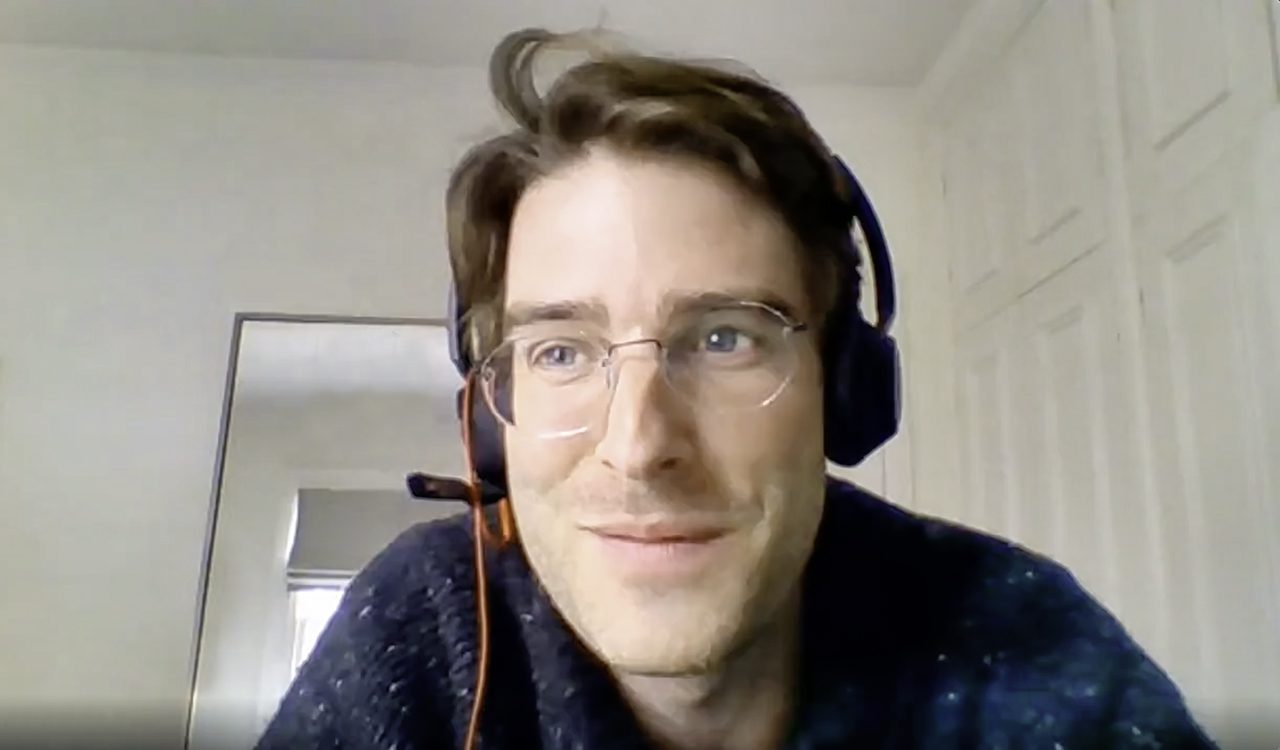International Confectionery’s Technical Editor, Clay Gordon, compares the varying definitions of what it means to be ‘sustainable’ and what this means for confectionery manufacturers today.
In late January 2018 I travelled from New York to Köln, Germany, to attend ISM as an invited member of the press to cover the launch of Barry Callebaut’s Hidden Persuaders in Cocoa and Chocolate. While not my first visit to Köln, it was my first visit to ISM, and when I was not taking part in scheduled press activities around the launch event, I had time to tour the exhibition floor and participate in conference sessions.
One session I attended was on sustainability in the cocoa sector moderated by a sustainability “expert.” As the session progressed, I formed several disconcerting impressions. Two of them were:
* There exists a “sustainability industry” and that industry insiders had developed a sophisticated, somewhat opaque, vocabulary to communicate among themselves.
* There was no consensus around what the word sustainability even meant.
These two factors made – and continue to make – it difficult for outsiders to join the conversation and contribute meaningfully without first learning the lingo.
When the session opened up for audience Q&A, I asked the moderator: “What do you mean when you use the word ‘sustainable?’ Because it’s not at all clear to me after listening for the past 40 minutes.” It might not come as a surprise to learn I did not receive a satisfactory answer to my question. Since then I have been actively working to create a workable definition for sustainability that is easier to explain to the average chocolate fan than the seventeen UN Sustainable Development Goals.
So it did not shock me to learn that during the Craft Chocolate Sustainability Impact panel at Chocoa 2021 this past February, there exists a disconnect between the way industry talks about sustainability and what and how consumers think about sustainability.
In that panel (for which I was a co-moderator), Denise Dahlhoff, Senior Researcher, Consumer Research for The Conference Board, presented a summary of recent Conference Board research surveying over 30,000 participants in more than 60 countries on their attitudes about sustainability.
Sustainability means different things to different consumers, but what I did not expect to learn was that these differences had clear geographic, and therefore cultural, delineations. Broadly speaking, the thinking about sustainability can be broken down into two categories, Eco(logical) and Social. Generally, people in the North American and Asia-Pacific regions tend toward eco definitions for sustainability, and people in Europe and Middle East/Africa tend toward social definitions for sustainability. Latin Americans balance these factors differently. These generalisations are also highly nuanced. For example, in North America consumer sustainability thinking can be seen to centre around concepts of recycling whereas in Europe they tend to centre around broader concerns around fair pricing.
“consumers’ stated preferences with respect to purchase intent do not always match actual purchase behaviour”
As we all likely know, consumers’ stated preferences with respect to purchase intent do not always match actual purchase behaviour. Globally, survey respondents indicated that environmentally friendly production, including resources and materials, is a key factor in determining brand choice with fair labour conditions and wages in the number two position, with no child labour placing fourth place after respect for intellectual property rights.
Respondents also indicated that premium price is the single largest factor that keeps them from buying brands with better environmental practices. However, this is skewed culturally/geographically with price being more important in North America and Europe than it was in Latin America, Asia-Pacific, and the Middle East & Africa. Secondary factors in this evaluation include performing comparative research to determine which brands are better is too time consuming, not being able to trust brands’ claims, and that brands’ claims are confusing.
“What is interesting here is that there exists a difference in the main reason why people don’t buy eco-focused and socially-focused brands, respectively,” says Dahlhoff. “For the former, the price premium is the main barrier, followed by communications-related reasons. For socially oriented brands it’s lack of knowledge, followed by price. The relative importance of those factors is inverted.”
Making sense of the research
The obvious follow-up question is, “What does this mean for confectionery manufacturers looking to send a message about sustainability to their customers?”
Analysis of the Conference Board research indicates that adopting a one-size-fits-all messaging strategy will not be effective. Many manufacturers already recognise this reality, tweaking recipes to match differences in local market taste preferences. An eco-friendly message about resource utilisation (recycling) might resonate with consumers in North America, but it’s not nearly as likely to motivate consumers in the Middle East & Africa, where messaging around fair price is more likely to move the sales needle.
The research also seems to indicate what I have come to call “certification fatigue.” Consumers are confused because certifications emphasise different measures, making comparing their claims to determine which program might be better more difficult. Rainforest Alliance focuses on environmental concerns but is not focused on fair pricing, Fairtrade is focused on social concerns but places less emphasis on environmental concerns such as deforestation. This confusion, which is a direct result of certification programs, influences purchasing behaviour.
“The industry also uses the word transparency but, as with the word sustainability, transparency means different things to different people”
The industry also uses the word transparency but, as with the word sustainability, transparency means different things to different people. Consumers want manufacturers to communicate clearly about the actual impact their purchases are having, in terms that are meaningful to them, not just to the brand. In other words, consumers want to have confidence that what they are being told is actually true. They want to be communicated with in ways that matter to them, from their perspective and language, not from the POV of a corporate PR/Marketing department located on the other side of the planet.
To co-opt a phrase most closely associated with Speaker of the United States House of Representatives Tip O’Neill, “All sustainability is local.” While the environmental, economic, social, and market sustainability issues involved are of global significance, those issues are interpreted through local cultural filters. Manufacturers who want to be successful motivating consumers to pay the higher prices we all know are needed to pay for the development and implementation of the changes necessary to solve poverty, child labour and slavery, deforestation, and other issues, must message to meet consumers where they are, not require consumers to understand, accept, and adopt messages that do not ring true to them.

Heather K. Terry, Co-Founder & CEO Good Sam Foods says:
“I have been a marketer my entire career, and I have learned that what Americans want to know first about a product line is, ‘What is it going to do for me?’ That means I lead every project with what it’s going to do for the consumer. If you’re going to message around sustainability issues we find we need to couch the message in personal, ‘this is better for you’ terms. Better for you could mean it’s better for your health, better because it saves you time, better because you will be the envy of your neighbours because you have the cleanest home on the block.
If the product does benefit someone else that’s a secondary consideration. The industry generally hasn’t figured out how to make it really matter to consumers. We may think in terms of recyclability or sustainability, but we don’t think about these issues in terms of human lives. I’ve spent enough time working in supply chains to realise that it’s all about human lives, human capital.
At Nibmor, a better-for-you chocolate brand I co-founded in 2012, we only had access to our supply chain that our chocolate suppliers wanted us to see. We had to take what we were given, wrap it up in a neat bow, and put it out there. What they didn’t bank on was our asking very deep questions about why we were working with them. I carried these questions into my work here GoodSam, where we draw people in with ‘sugar-free,’ ‘keto’ (the fourth most searched term on Amazon in the US), ‘non-GMO,’ ‘organic.’
These are terms consumers have heard before and they understand immediately and can say to themselves, ‘I get that.’ Then when they learn more from looking it up online or watching an Instagram video or catch me in a Clubhouse chat, they make the connection to something more. As we say here at GoodSam, ‘Good for you. Good for farmers. Good for the planet.’”
Leo Palmer, Head of Specialty, Twenty Degrees Cacao says:

“Twenty Degrees Cacao is the specialty division of Olam Cocoa. Many people first see a large company and are immediately suspicious of our intentions in the smaller, specialty segment. Often, they’re unaware that Olam Cocoa has a long-held commitment to sustainable cocoa. So when we speak, we have this initial credibility gap to overcome. Transparency – which we link to traceability – is our key to bridging that gap, and that comes down to what we’re being transparent about. There are social and environmental and economic concerns, but ultimately transparency is about understanding the provenance of what people are buying and eating or otherwise consuming.
One way we see our role is to support the communications requirements of our customers, who are chocolate makers. They need to have confidence in the information we provide. Our customers’ expectations are very high because of the price they are paying for the beans. In order to be able to meet our customers’ requirements – to be able to answer the questions our customers ask us – it can take six months to a year to put the systems into place to collect the information and to have confidence in its accuracy.
We know our customers are looking for assurance they’re buying sustainable products and the guarantee we’re not causing any harm. There is a journey here and a storytelling component. Sustainability impact on the ground is part of the commercial viability of every project, and that’s a hard balance to strike. Transparency helps us achieve that balance.
We are constantly asking ourselves, ‘Why are we doing this? Are we doing it just for the story?’ It’s not just for the story, we’re doing it for the impact. But it’s important that we tell the story well, because if we don’t do that, have a harder time getting people to buy into what we’re doing. By telling the stories we provide a bridge for people to understand why it’s necessary to support these efforts.”
Jan Schubert, Conservation Cacao Leader, Original Beans says:

“Original Beans was founded in 2008 and our original brand promise centred around the message ‘for every bar you buy we will plant one tree.’ In 2015 we began slowly integrating ‘Taste the Rare and Preserve It’ into all of our communications.
‘Rare’ has been, for us, a way to start the discussion about the tasting experience because our market is not the chocolate high-end consumer who knows a lot about chocolate. Our customer is more the organic supermarket consumer interested in organic, which we chose for growth. ‘Taste the Rare,’ connects to our work at origin, and for someone who is used to normal organic supermarket chocolate even our Virunga (Congo) chocolate is something quite special. By following that with ‘And Preserve It,’ we are asking our customers to join us in preserving that rare taste. Once we have their buy in, then we can start talking in depth about the origin, the impact our programs have, and more.
Our primary message is not about sustainability directly. Germany, which is our most important market, has had organic Fairtrade chocolate brands for many years. When a consumer goes to an organic shop in Germany they automatically assume a certain level of sustainability. So our primary messaging is around luxury and rare, attributes that are special compared with other brands because we are in a market that expects us to be sustainable to a certain level.
In German the word for sustainability is Nachhaltigkeit and came out of regenerative forestry principles. Nachhaltigkeit is the foundation of the company’s mission. Ultimately, everything comes from that starting point. Original Beans exist to think about these things. Our challenge is to pick out of the basket of things we can do around sustainability the things customers understand quickly and that are relevant – because we don’t have a lot of time on the shelf, that’s really not easy. That’s our big challenge when it comes to communicating about this really broad term sustainability.”
To stay up to date on the latest, trends, innovations, people news and company updates within the global confectionery market please register to receive our newsletter here
Media contact
Kiran Grewal
Editor, International Confectionery
Tel: +44 (0) 1622 823 922
Email: [email protected]









